You’ve likely come across the upside down cross emoji in usernames, TikTok bios, or edgy aesthetic threads. It isn’t a standard emoji on most keyboards, but it still shows up often in Unicode characters or stylized text art. This article dives into what the upside down cross emoji actually means, where to copy and paste it, and why it resonates with niche online communities — from metalheads to vaporwave fans.
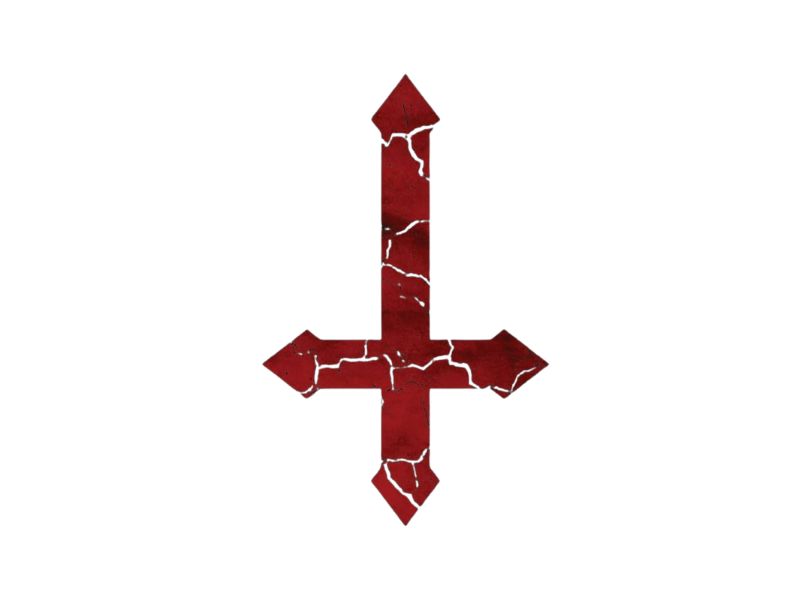
What Is the Upside Down Cross Emoji?
The upside down cross, technically called the Cross of St. Peter (ℯ or Ơ depending on style), originated in Christian tradition as a symbol of humility. However, over time it has also been reinterpreted as a symbol of rebellion, subversion, or anti-mainstream identity.
On social media and in text culture, the “emoji” is often crafted using special Unicode characters, such as:
- † (dagger)
- ⊥ (up tack)
- ⅋ (turned ampersand — looks cross-like)
- Flipped symbols in aesthetic fonts
These are copy-pasted into comments or bios to give a visual representation of the upside down cross.
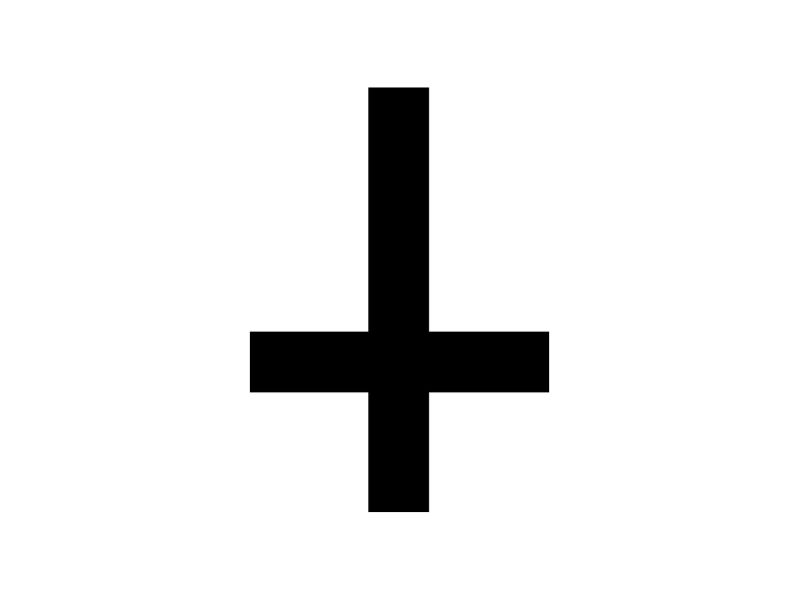
Why Do People Use the Upside Down Cross Emoji?
Depending on the context, people use this emoji-like symbol to:
- Represent rebellion or counterculture
- Align with gothic or metal aesthetics
- Create visual contrast in usernames or bios
- Suggest spiritual questioning or irony
- Embrace alternative art styles
It’s frequently used alongside dark emojis, glitch fonts, or horrorcore/kawaii crossover symbols in TikTok and Discord aesthetics.
Popular Upside Down Cross Copy Paste Formats
Here are some common examples people use in bios or posts:
- ⊥⊥⊥ upside down world
- aesthetic ⅋ energy
- † alt vibes only †
- ℯ drip
- softcore meets ⊥edge⊥
These combinations mix alt fonts, emotional keywords, and cross-like Unicode to build a recognizable visual identity.
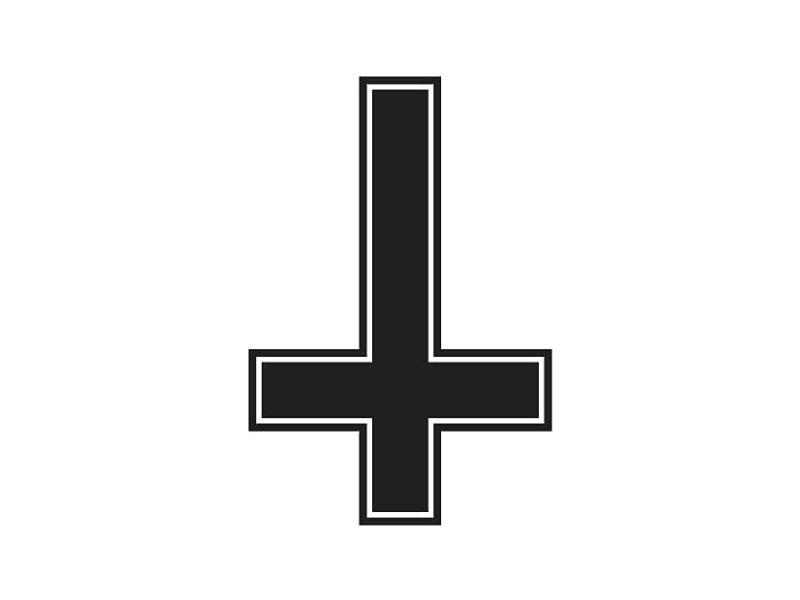
Where the Upside Down Cross Emoji Shows Up
You’ll often spot this symbol in:
- TikTok alt accounts or bios
- Discord servers with horror, goth, or aesthetic themes
- Twitter/X usernames
- Comment art or line dividers
- Custom keyboards with Unicode layouts
Some use it for irony, others use it for sincere spiritual or stylistic representation.
Is It Controversial?
Sometimes. Like many symbols, it can mean different things to different people:
- Religious users may see it as disrespectful
- Artists use it as metaphor or visual flair
- Alt users embrace it as part of internet identity
It’s important to understand context. When used in a meme, bio, or art piece, it’s often meant to signal aesthetic — not ideology.

How to Copy and Paste an Upside Down Cross Emoji
Try these symbols:
- ⊥ (Up Tack)
- † (Dagger)
- ⅋ (Turned Ampersand)
- Ⅎ (Turned F)
Instructions:
- Highlight the symbol
- Right-click or long tap → Copy
- Paste into your desired platform (TikTok bio, Discord status, etc.)
Bonus tip: Combine it with glitch fonts or black-and-white emojis for a complete vibe.
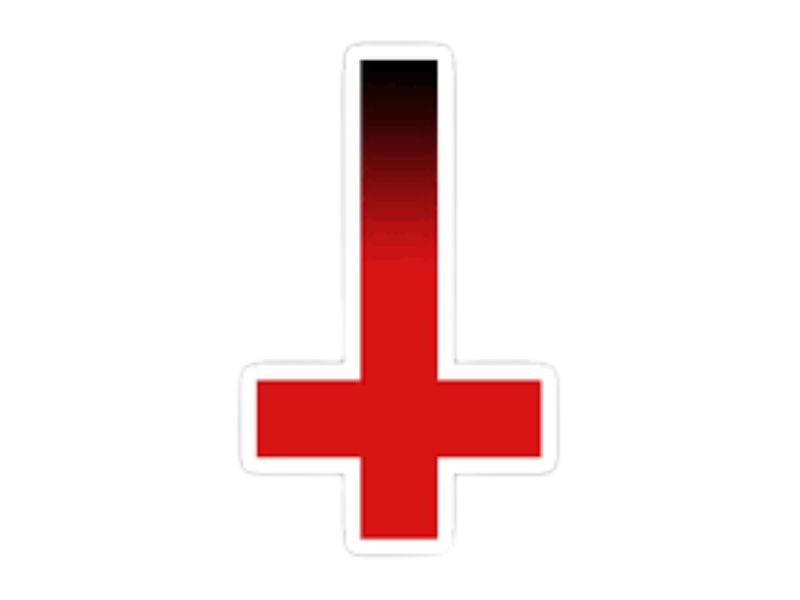
How to Create Your Own Layout
If you want to stand out, build your own aesthetic using upside down cross elements:
- Choose a dark or soft theme
- Select one of the cross Unicode characters
- Pair with emojis (skull, sparkles, glitch)
- Use soft line breaks for layout
- Save your format to reuse
Examples:
- † dream decay †
- ⊥ i’m not like them ⊥
- ⅋ lost in static ⅋
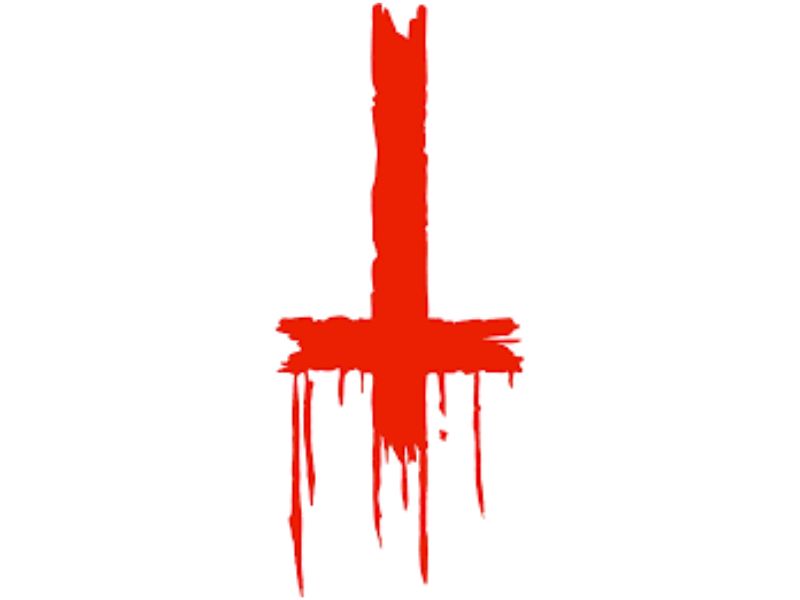
Why the Symbol Has Internet Staying Power
It blends mystique, rebellion, and subtle shock value — all big in online culture. People love turning traditional symbols into aesthetic tools.
It’s abstract enough to be whatever the user wants it to be — which is why it remains flexible and popular.
Conclusion
The upside down cross emoji is more than just a shock symbol — it’s a part of digital expression for alternative identities. Whether you’re leaning into goth, glitchcore, or alt irony, this copy-paste layout helps you craft a standout online presence. To discover more unique emoji combos and aesthetic Unicode layouts, visit emojihub.online.